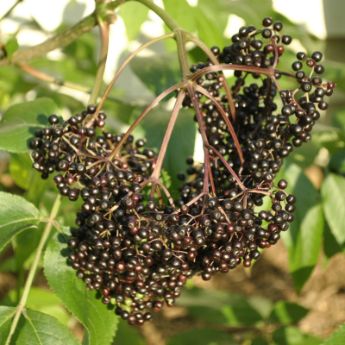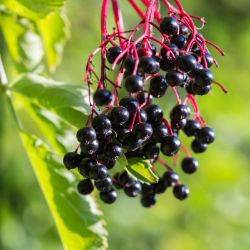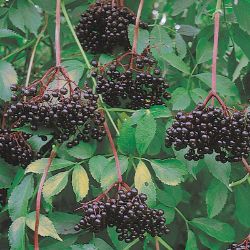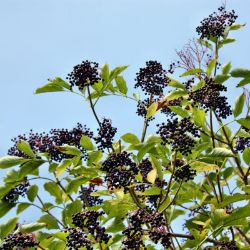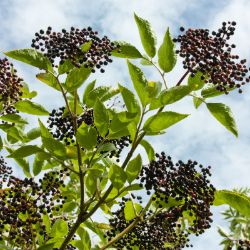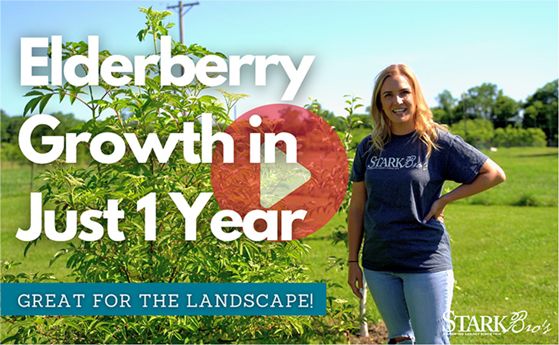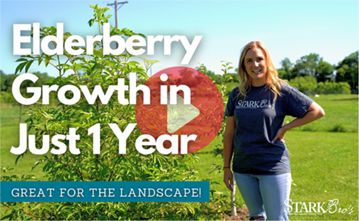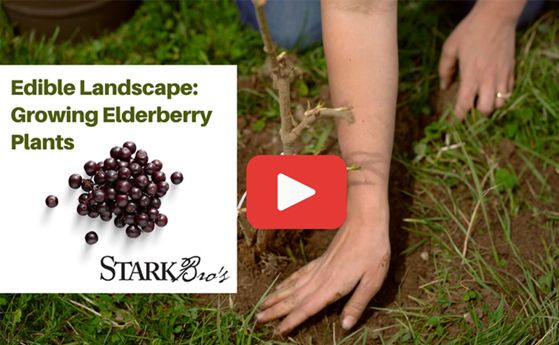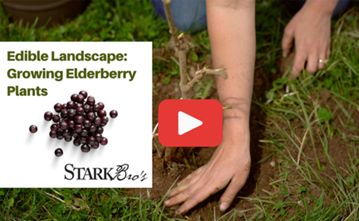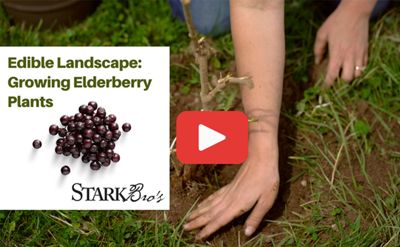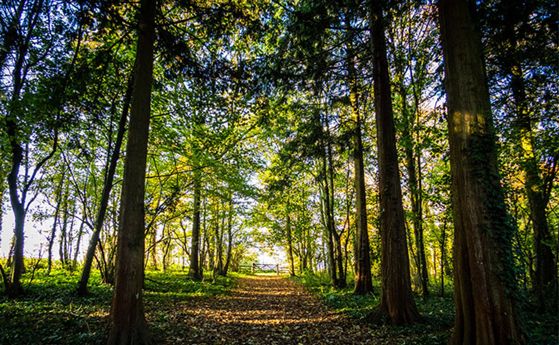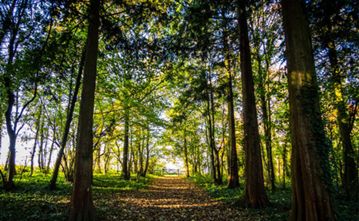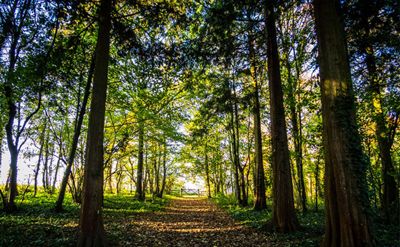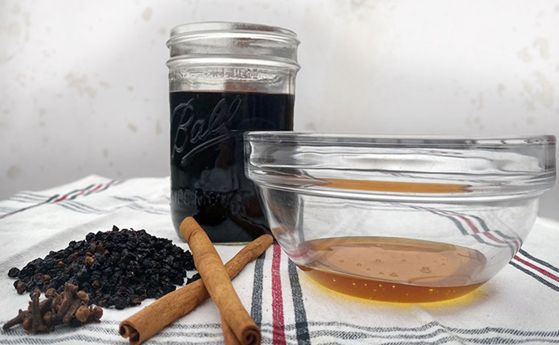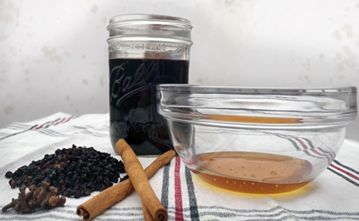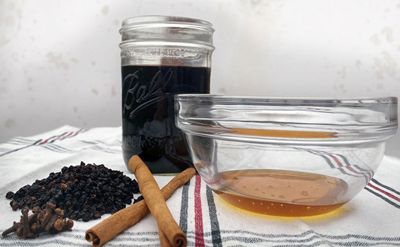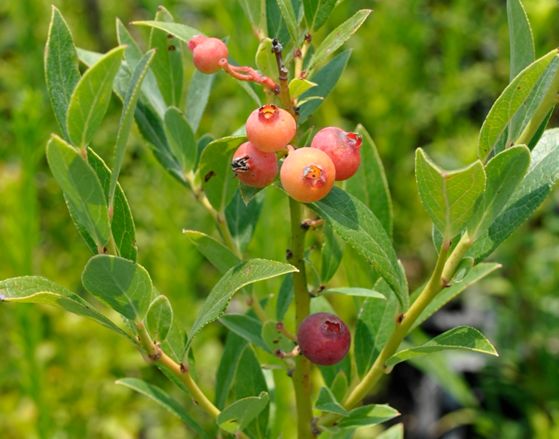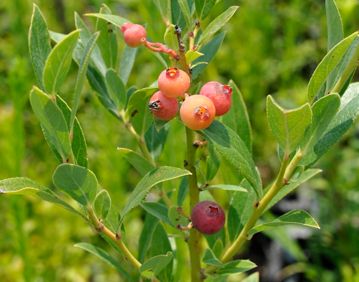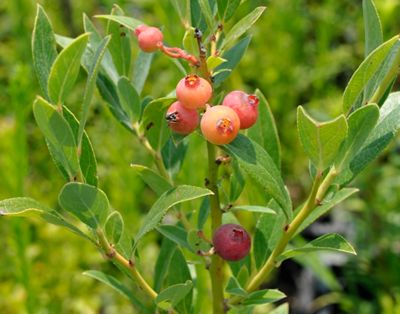Elderberry Plants
Elderberry Plants Buyer's Guide
Elderberry plants (Sambucus canadensis) are truly multi-purpose. Growing your own elderberry bushes offers many unique benefits. You can plant several elderberry shrubs in a row to create an attractive hedge or screen, or use them as wildlife attractants that will bring even more natural beauty to your backyard.
In spring, an elderberry plant features magnificently scented white flowers, and in summer, it will produce a bounty of dark purple-black berries that you won’t find in many grocery stores. The berries from the elderberry plants we offer can be eaten fresh as long as they are fully ripe, although they are commonly used for making delicious elderberry wines, jams, sauces, and pies. You can also use the flowers for making fritters, pancakes, or tea.
One of the most popular ways to use elderberries is by making elderberry syrup, a natural remedy known for its immune-boosting properties. If you’re interested in crafting your own, check out our step-by-step guide: How to Make Elderberry Syrup.
Additionally, you can craft combs, spindles, or pegs from the hard wood and create basketry dyes with the twigs and fruit.
Choosing the Right Elderberry Plant
Zone Compatibility: Your climate plays an important role in whether elderberry plants will produce fruit or even survive. Before ordering a plant, make sure its recommended hardiness zone range includes your area.
Proper Pollination
Pollination by a different variety is key to the success of elderberry plants. Often, its absence is why plants produce poorly or don’t bear fruit. Be sure to check the description of the plant you’re interested in to see which pollinators our experts suggest.
By selecting the right elderberry varieties and providing proper care, you can enjoy the many benefits these versatile plants offer—whether for fresh eating, culinary uses, or homemade remedies like elderberry syrup.

